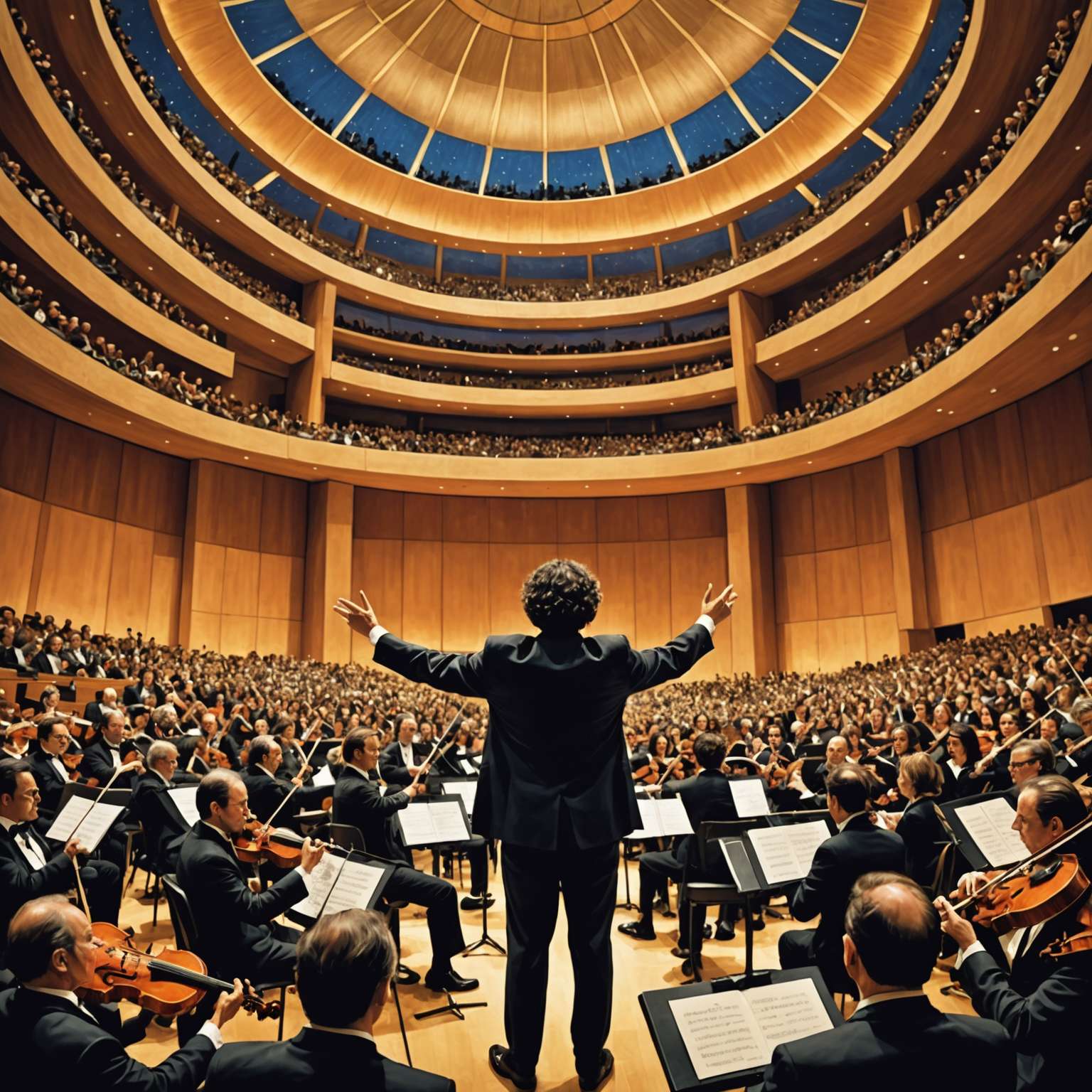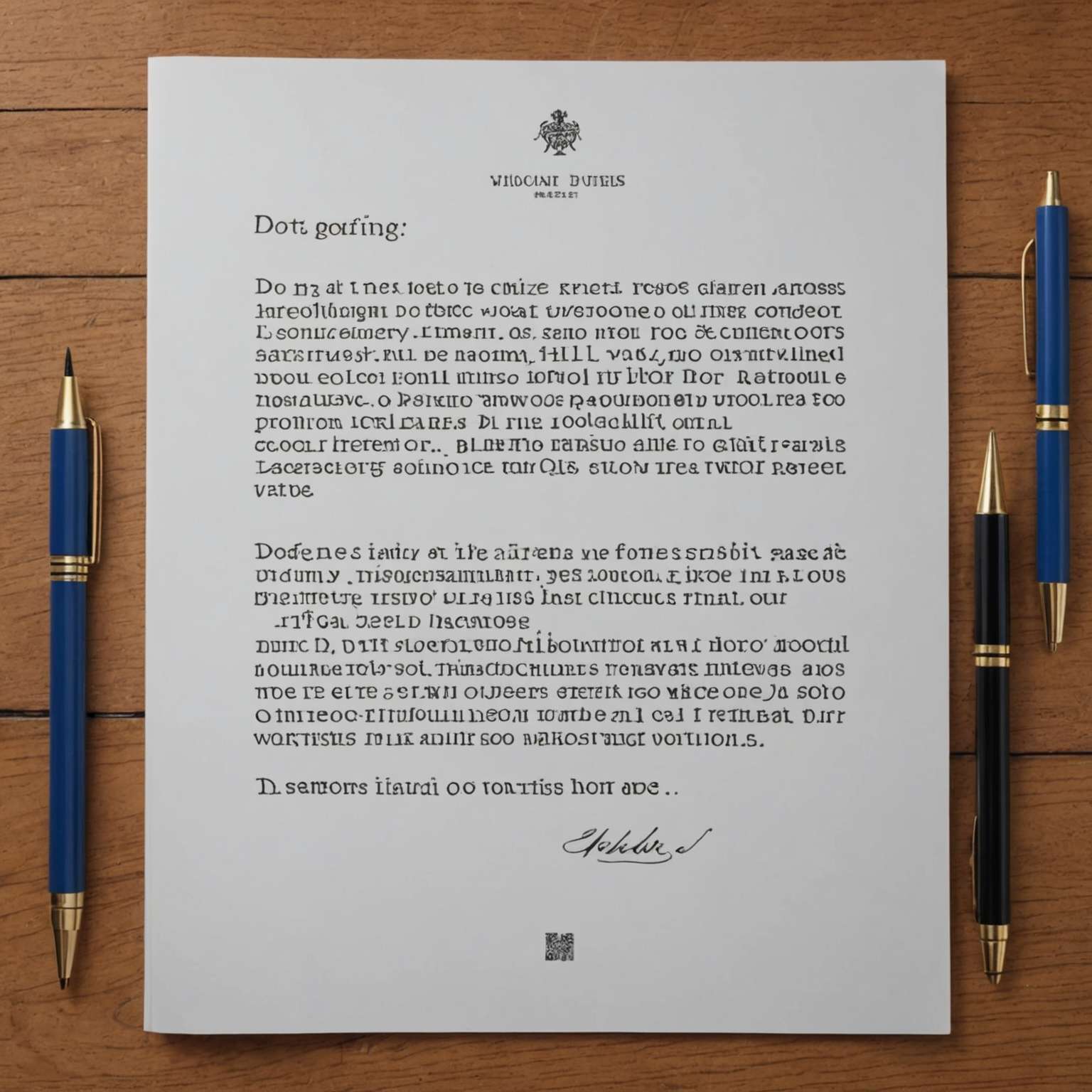
The legacy of Reggie Andrews and Guillermo Tejeda’s innovative teaching: Los Angeles’ musical journey
- Reggie Andrews influenced the Los Angeles music scene for over 40 years, shaping generations of jazz and soul artists.
- Andrews produced seven albums for the Dazz Band, including the hit 'Let It Whip'.
- Guillermo Tejeda uses music to teach California history, race, and culture, embodying a unique fusion of education and art.
- Tejeda's approach reflects the rich history of the Central Avenue jazz corridor, once a cultural mecca in Los Angeles.
Reggie Andrews, a name synonymous with the vibrant jazz and hip-hop scenes of Los Angeles, passed away at the age of 74. His death marks a significant loss for the city and the world of music. For over 40 years, Andrews dedicated his life to teaching music in the Los Angeles Unified School District, profoundly shaping generations of jazz and soul artists. Until his retirement in 2008, he led bands at Locke High School near Watts, eventually becoming the school’s Music Department Chair.
Andrews’ influence extended beyond the classroom. He worked as an A&R for Motown and produced seven albums for the Dazz Band, including the hit “Let It Whip.” In the early 1990s, he founded the Multi-School Jazz Band, a program that allowed the best student musicians from South Los Angeles to play together. This initiative nurtured talents like Kamasi Washington, Terrace Martin, and Stephen “Thundercat” Bruner, who continue to collaborate today.

Guillermo Tejeda: Integrating Music and Education
Guillermo Tejeda, a fourth-grade teacher at Wadsworth Elementary in South Central Los Angeles, exemplifies the fusion of music and education. Tejeda, also a jazz musician and member of the Neighborhood Orchestra Collective, uses music to teach California history, race, and culture. His approach brings a unique vibrancy to the classroom, making learning a meaningful and joyful experience for his students.
Tejeda’s journey began with his grandfather, a migrant farm worker who taught him to play guitar. This early exposure to music instilled in him a passion that he now shares with his students. He believes that music is a powerful vehicle for education, capable of enhancing students’ understanding of their heritage and fostering a sense of identity and belonging.
The Impact of Jazz on Los Angeles’ Cultural Landscape
Jazz has always held a special place in Los Angeles, particularly in the historic Central Avenue jazz corridor. This area was once a cultural mecca and the heart of the African-American community in the city. Giants like Charlie Parker, Miles Davis, Duke Ellington, and Billie Holiday performed here, leaving an indelible mark on American culture. Jazz musicians and record promoters from this era also laid the groundwork for rock ‘n’ roll, rhythm and blues, hip-hop, and rap.
Guillermo Tejeda’s teaching methods reflect this rich history. He uses jazz to help students understand the cultural significance of their neighborhoods, fostering a deeper connection to their community. His efforts are part of a broader movement to integrate arts into education, a vision that is gaining momentum with initiatives like California’s Proposition 28, which aims to enhance arts education across the state.
Documenting the Jazz and Hip-Hop Scene
The vibrant jazz and hip-hop scenes in Los Angeles are not only a source of cultural pride but also a subject of artistic exploration. Photographers like Carlin Stiehl have documented these scenes, capturing the energy and innovation of young artists. Stiehl’s work, often shot on film, provides a unique texture and aesthetic that complements the dynamic nature of jazz.
One standout artist in Stiehl’s portfolio is Mekala Session, a drummer whose talent and lineage connect him to Los Angeles’ legendary jazz groups, such as The Pan Afrikan People’s Arkestra. Stiehl’s photographs, shot on Kodak Tri-X 400 film, highlight the raw and unfiltered essence of these performances, offering a glimpse into the underground venues where jazz and hip-hop thrive.
Our Advice on the City
Los Angeles is a city rich in musical heritage, and for those visiting, there are numerous ways to immerse yourself in its vibrant culture. For occasional travelers, we recommend visiting the historic Central Avenue jazz corridor. This area offers a deep dive into the city’s musical past and present, with venues that continue to celebrate jazz and its evolution.
For expert travelers, consider exploring the underground jazz and hip-hop scenes. Attend a live performance at one of the many intimate venues scattered throughout the city. These experiences offer a unique and authentic glimpse into the creative heartbeat of Los Angeles.
In conclusion, the legacy of figures like Reggie Andrews and the ongoing efforts of educators like Guillermo Tejeda highlight the profound impact of music on education and culture in Los Angeles. Whether you’re a casual visitor or a seasoned traveler, the city’s rich musical landscape offers endless opportunities for exploration and discovery.
- Official page of LAUSD Arts Education Branch providing music education resources and programs
- Official Motown Museum site, providing insight into the legendary record label's history and legacy.
- Official site of CreateCA, providing information on Proposition 28 and its impact on arts education in California
Trending now








